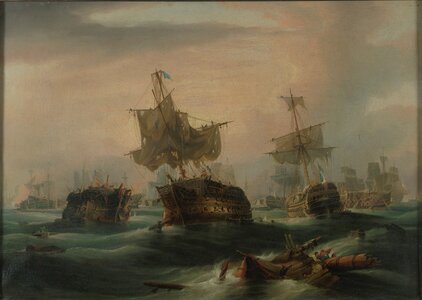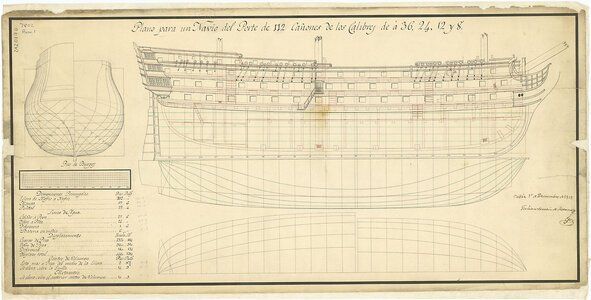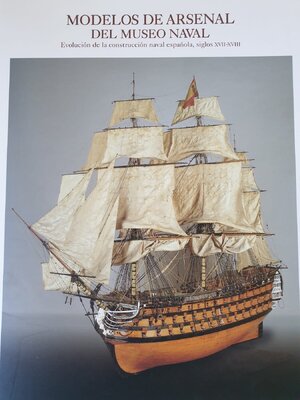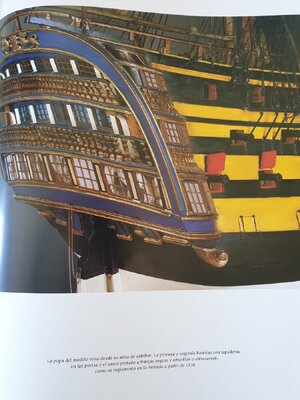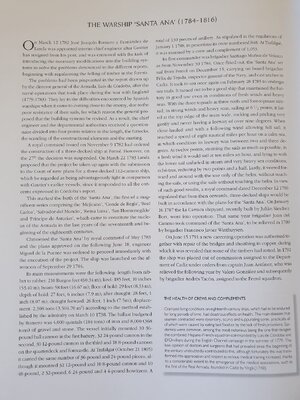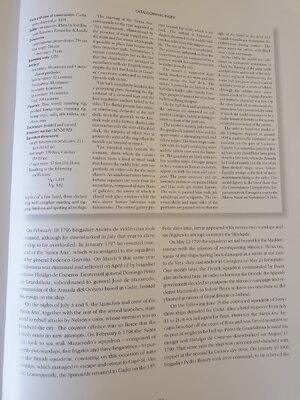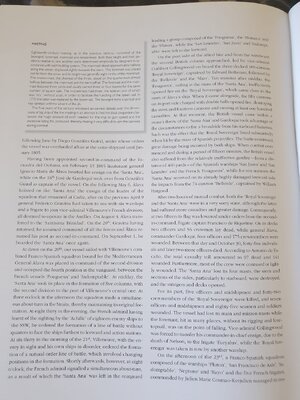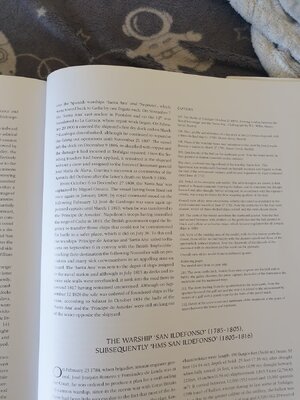Hi everyone,
I was wondering, from a historical accuracy perspective, was the Santa Ana of 1784 was painted...
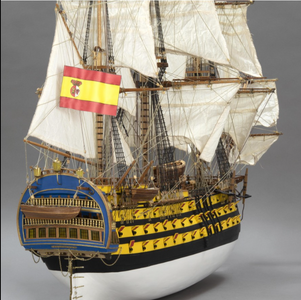
..or not?
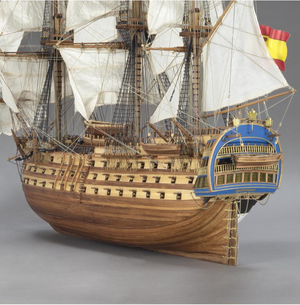
Does anyone have any reference information, text, painting, or other, which can shed light on this? I don't think fluorescent yellow was in their color pallete back in 1784. Artesania Latina has upgraded and altered this model, one of their older ones, and added etched brass parts. I still see that the chainwales are wrong, being angled in crazy directions in order to avoid blocking the guns, but the hull form looks good.
I was wondering, from a historical accuracy perspective, was the Santa Ana of 1784 was painted...

..or not?

Does anyone have any reference information, text, painting, or other, which can shed light on this? I don't think fluorescent yellow was in their color pallete back in 1784. Artesania Latina has upgraded and altered this model, one of their older ones, and added etched brass parts. I still see that the chainwales are wrong, being angled in crazy directions in order to avoid blocking the guns, but the hull form looks good.





